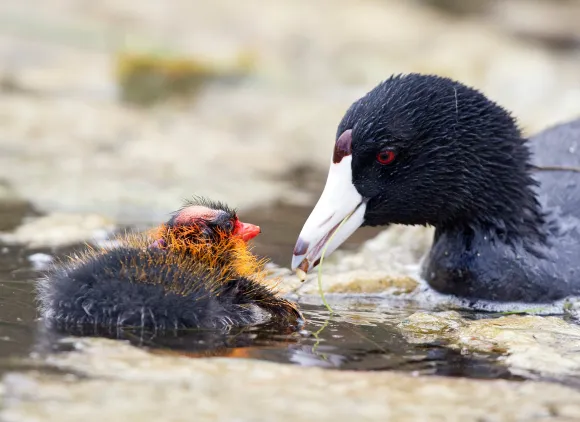This collection of lessons and web resources is aimed at classroom teachers, their students and students' families.
 On this page
On this page
Lessons and activities
Online activities
Disruptions in Ecosystems
For educators (grades 6–8)
This curriculum includes five chapters: wolves in Yellowstone, ecosystem models, interactions between populations and resources, zebra mussels, and designing solutions. Materials include a book for students and guides and support materials for teachers.
Interdisciplinary Classroom Lessons
For educators (grades 5–12)
Explore free, easy-to-use lessons on topics like bird identification, animal behavior, hybrid zones and extinction prevention.
Remote Learning Resources
For educators, parents, students (grades K–12)
Brought to you by the U.S. National Science Foundation Long Term Ecological Research Network (NEON), this site provides ecology-themed lessons and resources for classroom and at-home learning.
NOVA Evolution Lab
For educators, students (grades 6–12)
This free digital platform provides game-based labs and puzzles where players can explore evolutionary relationships linking together a spectacular array of species. The platform builds on an NSF-funded museum exhibit called "Life on Earth."
Merlin
For educators, parents, students
This free app, developed by the Cornell Lab of Ornithology, allows bird watchers and outdoor enthusiasts at every level to identify the birds they see and hear.
Digital Atlas of Ancient Life
For educators, parents, students
This page provides field guides, teaching resources and downloadable apps to help individuals identify fossil species and explore the diversity and history of life on Earth.
A Curious Zoo of Extraordinary Organisms
For educators, students
This multi-lingual comic series illustrates the beauty and complexities of scientific phenomena. Comics are presented in English, Spanish, Chinese, Tamil, Kannada and Telugu.
Printables
Biology coloring pages
For educators, students
Color in these drawings and learn about a range of topics including fish, fungi, CRISPR and digitizing museum collections.
Dinosaur Bones coloring page
For educators, students
This coloring page teaches common dinosaur bone structures.
Ladybug Mix-up activity
For educators, students
In this coloring and cut-out activity, learn the unique patterns of different ladybug species.
Soil Sleuth Experiment
For educators, students (grades 4–12)
Explore how physical properties of soil influence how groundwater is stored and drained.
Spotting Ladybugs coloring page
For educators, students
This coloring page features two of the many endangered ladybug species.
Videos
Science for kids: What is oceanography?
Watch this "Discovery Files for Kids" video to learn why we study the ocean, how it is important and the different ways we study sea life.
Science for kids: What are cells?
A cell is like a tiny factory that keeps living things alive. Every living thing — plants, animals, and people — is made up of cells!
What is a virus?
What is a virus? How do they spread? Are they all bad? What's the difference between a virus and a disease? Joanna Shisler, program director at NSF, answers these questions and more.
Could giant sandworms exist?
Is it even possible for a sandworm the size of those shown on the fictitious Arrakais in "Dune"? How could a giant sandworm exist? NSF Program Director Anna Allen explains invertebrates.
Build a Plant: Root Anatomy
Botany professor Dr. Joyce Onyenedum explores the development, anatomy and function of roots — the hidden heroes behind plant resilience.
Build a Plant: Primary Growth Anatomy
Take a tour of primary growth in shoots, the foundation of plant structure.
Build a Plant: Secondary Growth Anatomy
Let’s peel back the bark to explore how plants expand laterally and bulk up over time.
Build a Plant: Leaf Anatomy
Explore how leaves act as the plant's lungs, solar panels and water regulators all in one.
Images

Credit: Jacob Winnikoff

Credit: Illustration by David S. Goodsell, RCSB Protein Data Bank
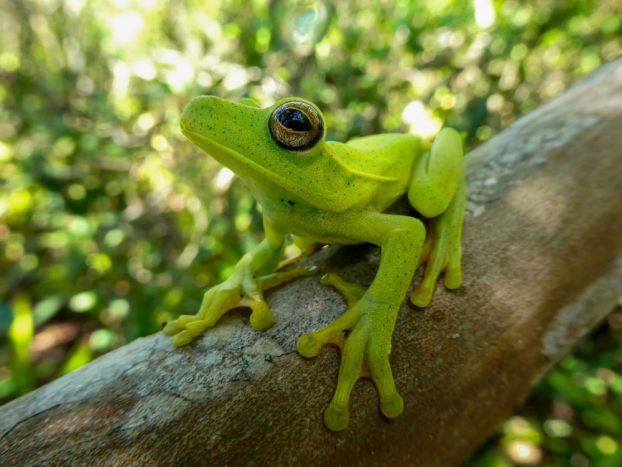
Credit: John L. Boyette/Penn State
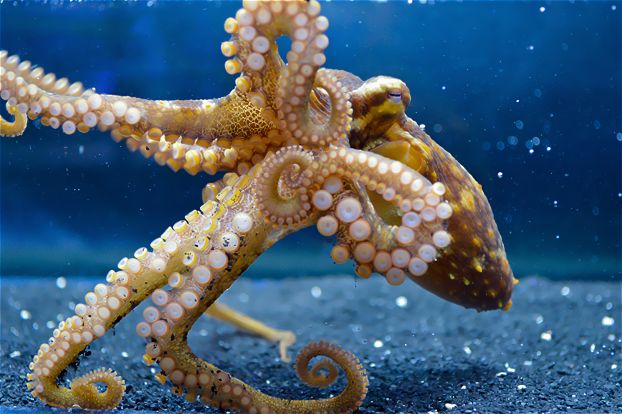
Credit: Anik Grearson and Peter Kilian.
Credit: George Wittemyer
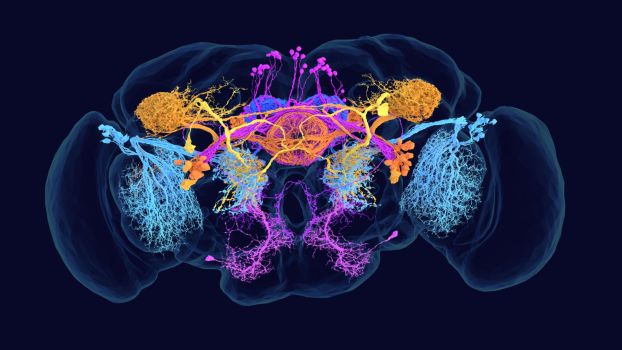
Credit: Amy Sterling and Julia Kuhl for FlyWire
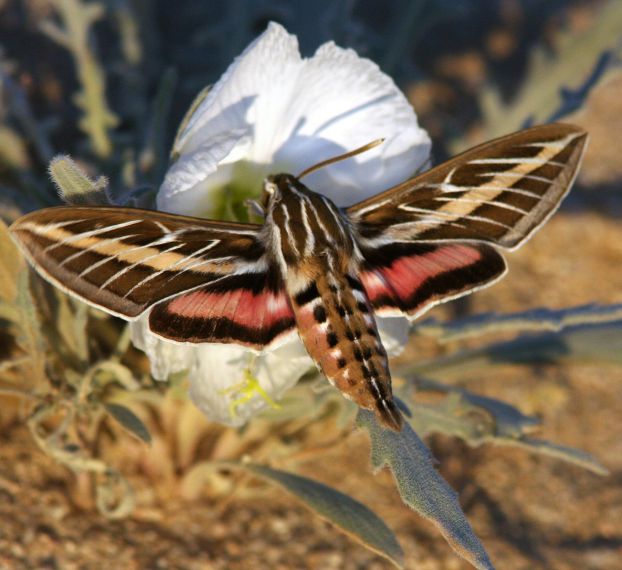
Credit: Courtesy of Ron Wolf

